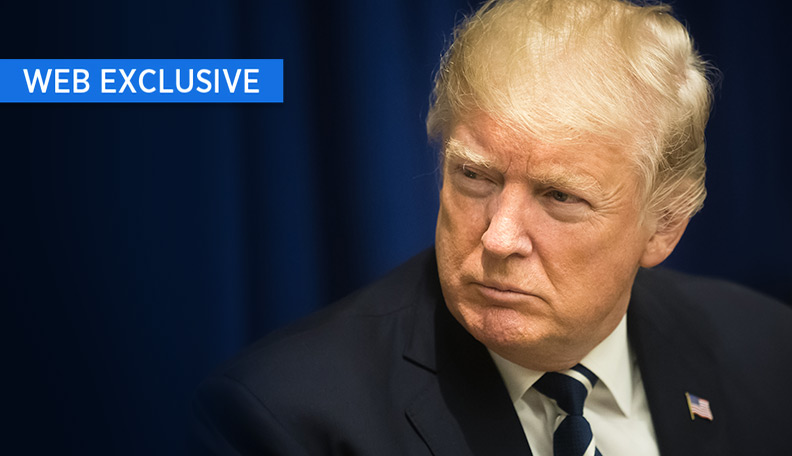
Donald Trump is not a man with much of a mystery. His commentary need not be dissected or analysed at the subliminal level to know what he wants.
We know, for example, that President Trump is not a fan of current Federal Reserve chairman Jay Powell, or Fed policy under Powell’s watch. Last year, Trump said, “Every time we do something great, he [Powell] raises the interest rates,” adding that Powell “almost looks like he’s happy raising interest rates.”
On 6 July, Trump tweeted “our Federal Reserve doesn’t have a clue! They raised rates too soon, too often, & tightened, while others did just the opposite”, adding “our most difficult problem is not our competitors, it is the Federal Reserve!” No ambiguity there.
He has since threatened to fire Powell – the man he himself picked to take the helm at the Fed.
Will Trump’s criticisms matter? Perhaps a little. But as long as the Fed remains independent and sticks with its 2% inflation target, it seems unlikely that it is set for a dramatic change of course as a result of pressure from Trump.
By criticising the Fed, Trump is revealing the shallow limit of his own economic understanding. He pays the Fed too much of a compliment. Yes, the Fed is an enormously powerful institution. It is surpassed only by the US Treasury in its ability to affect the US and global economy. But it is bound by economic and financial market realities nonetheless.
Interest rates are mostly determined by the balance of private sector savings and investment. The Fed can only influence these rates by setting the benchmark rate in overnight money markets and by influencing rates at longer maturities through bond purchases and sales.
The Fed cannot, however, keep interest rates artificially low across the whole economy on a permanent basis. After a while, financial markets would realise that the cheap money would lead to higher inflation. Soon enough, benchmark interest rates would rise.
It is hardly new for an incumbent US president to criticise or to try to influence the Fed. The Nixon tapes show that, ahead of the 1972 election, President Richard Nixon tried to bully the-then Fed chair, Arthur Burns, to loosen monetary policy. Ex-Fed chairs Paul Volcker and Alan Greenspan have also described attempts by incumbent presidents or their staffers to influence Fed policy.
Typically, however, this has happened behind closed doors. In this sense, Trump is an oddity. But the fact that the criticism is out in the open may actually be a positive. Financial markets now know what Trump is up to and will look closely for any signs the Fed is yielding to pressure from the president rather than responding to developments in the economy.
Will the Fed run this risk by cutting rates soon? No. The economic case for a cut is now strong enough for the Fed to do so without being perceived as yielding to pressure from Trump.
Kallum Pickering is senior economist at Berenberg Bank
